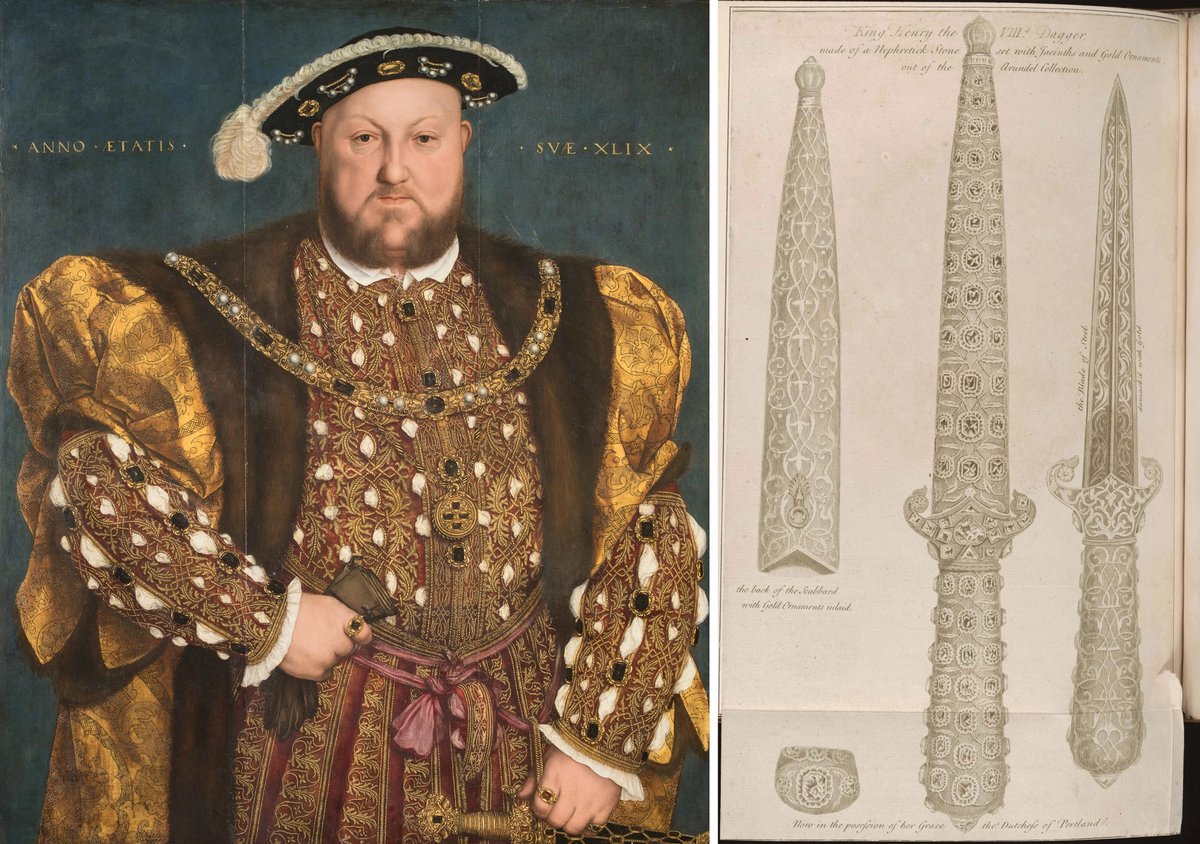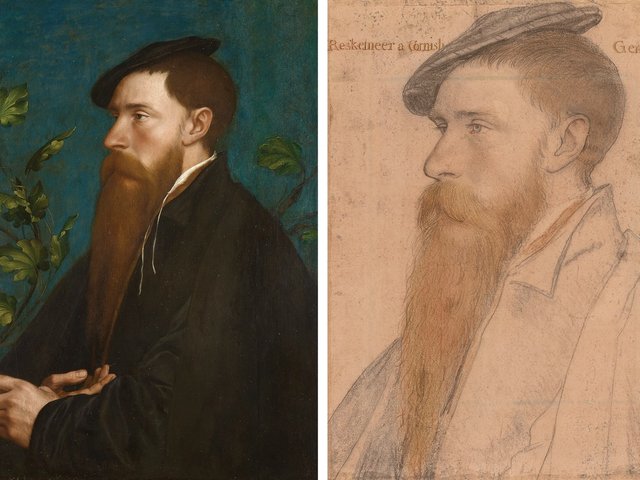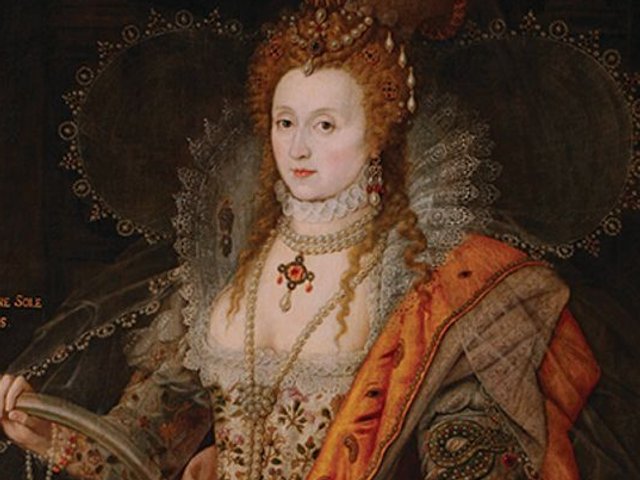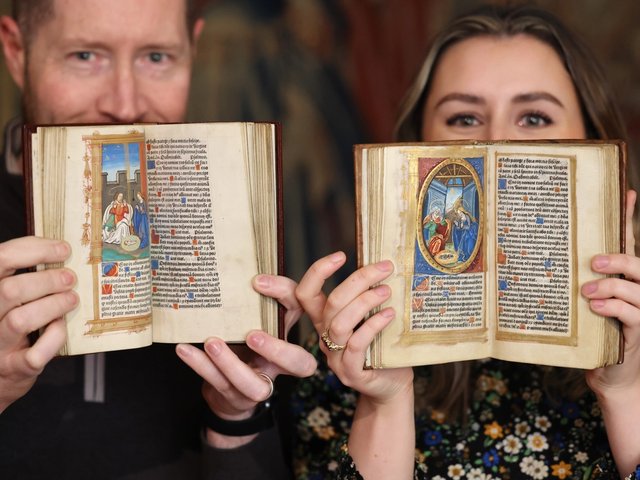The story of a mysterious Ottoman dagger long believed to have been owned by Henry VIII—and stolen in a dramatic 20th-century heist—will be told at an exhibition opening in London on Saturday (1 November).
The object was bought in the mid-18th century by the politician and Gothic horror writer Horace Walpole, who kept it at his home, Strawberry Hill House—which is now a museum. The museum’s curator Silvia Davoli has uncovered the weapon’s history, which will be one of the stories explored in Henry VIII’s Lost Dagger: From the Tudor Court to the Victorian Stage.
Walpole believed the dagger belonged to Henry VIII, after an attribution by George Vertue, the 18th century engraver and Tudor expert. Walpole was also convinced by drawings and paintings of the king with a jewelled dagger, by Hans Holbein the Younger.
In fact, however, “it never was the king’s”, reveals Davoli. After studying 18th-century drawings of the weapon by John Carter in the museum’s archive and after talking to Tim Stanley, the V&A’s Middle East expert, Davoli concludes that the dagger was made in the late 16th century in Istanbul. Yet Henry had died in 1547.
Whatever the truth, intrigue around the dagger only grew after Walpole’s death. His daughters eventually sold their late father’s possessions, including the dagger. By the mid-19th century it was owned by the renowned Shakespearean actor Charles Kean before, in 1898, being bought by art connoisseur George Hunt Heigham and then a dealer called Lascade. Its next owner was William Waldorf Astor, who paid £400 in 1911 for the dagger to join his collection of Tudor items at Hever Castle, where Henry had wooed Anne Boleyn.
During the night of 21 April 1946 a chauffeur-driven Rolls Royce entered Hever after being nodded through by a policeman, who assumed it contained John Jacob Astor—who had succeeded his father as the castle’s owner. Yet inside were robbers, who stole more than 20 very valuable objects, including the dagger, a prayer book of Elizabeth I, Anne Boleyn’s Book of Hours and jewellery.
The Hever archives contain a police report that the theft was probably masterminded by the sixth marquess of Bristol, Victor Hervey, who had previously been imprisoned for other heists. Strangely, however, he was never questioned. “My suspicion is that the jewels were melted or sold as valuable raw materials,” says Alison Palmer, Hever’s curator.
The missing dagger will not, therefore, be in the Strawberry Hill exhibition. Davoli has, however, found six other similar jewel-encrusted Ottoman daggers, including one in the Kremlin. Two of them, from Welbeck Abbey in Nottinghamshire and Vienna’s Kunsthistorisches museum, will be displayed in the Henry VIII’s Lost Dagger exhibition. Or should it now be re-named Walpole’s Lost Dagger?





